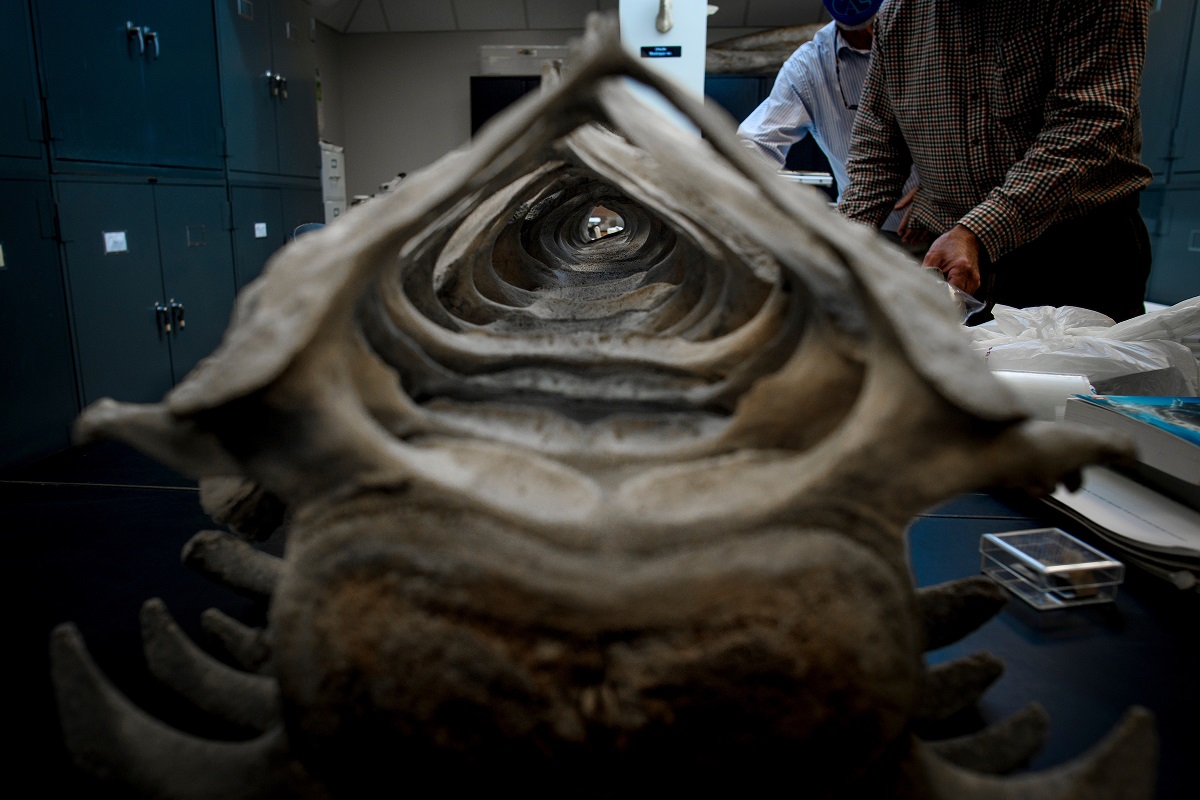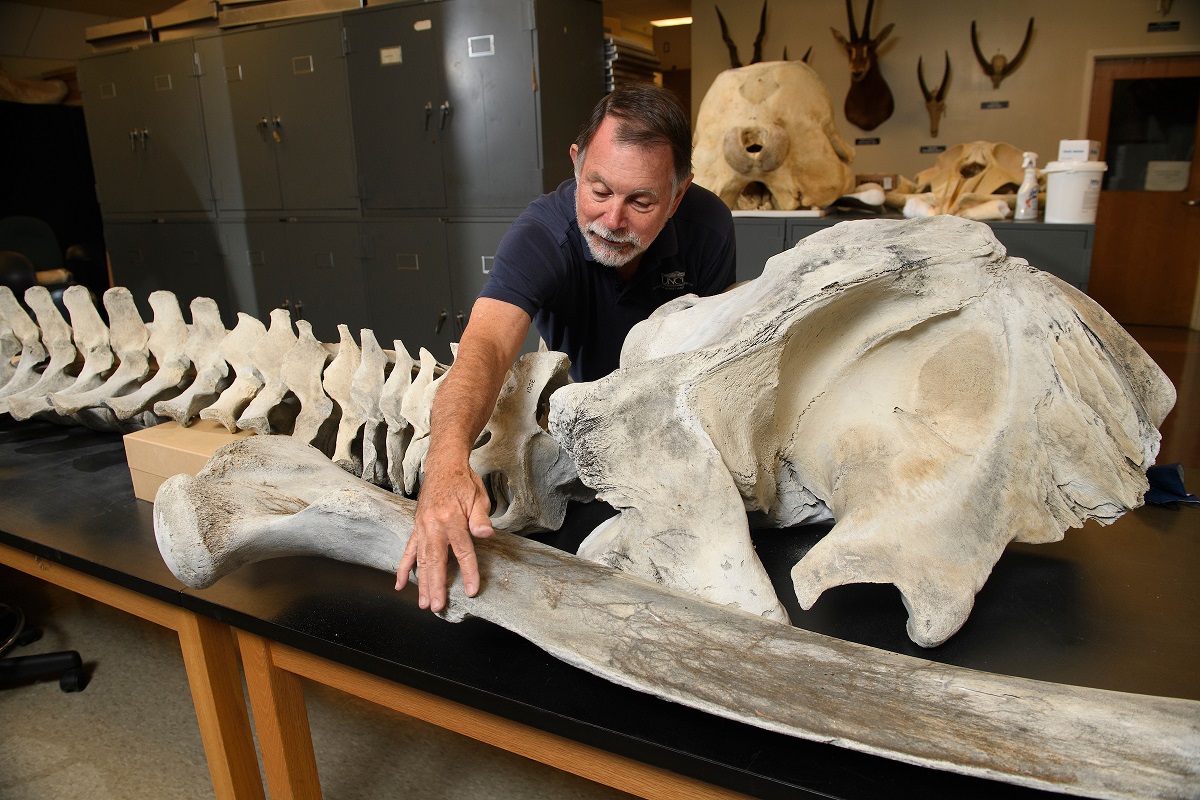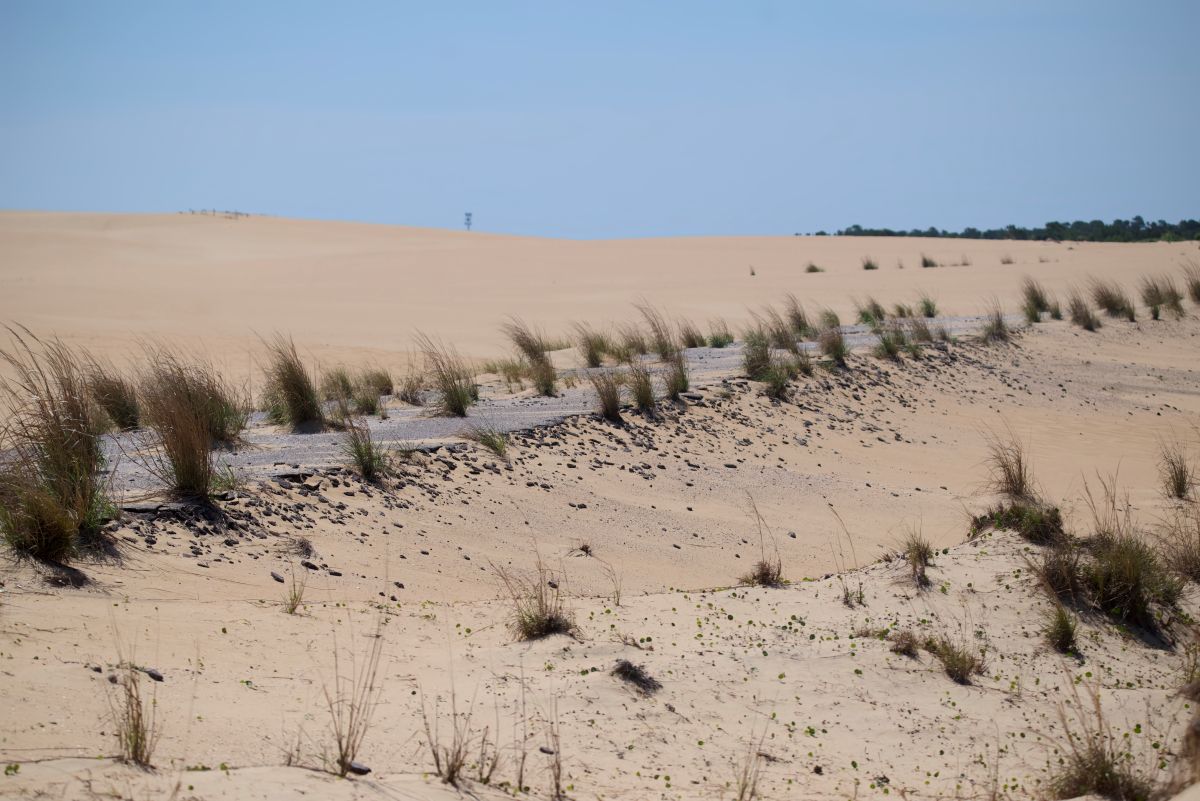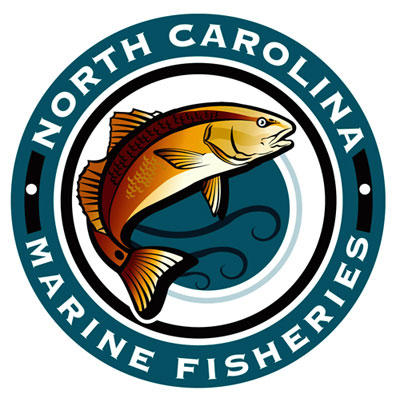
Submitted by UNCW Media Relations
When Rita and Tom McCabe started collecting shells, fossils and treasures like megalodon teeth during leisurely walks along the shoreline of West Onslow Beach in the 1970s, they gradually found a variety of larger bones that they kept stored in their garage for years.
Supporter Spotlight
When Rita was ready to part with some of their collection, the McCabes called the University of North Carolina Wilmington Department of Biology and Marine Biology to see if it would be interested in a donation.
“They drove a small Chevy S10 pickup truck to campus, and they had bones hanging out all over the place,” recalled Dr. David Webster 1976, senior associate dean for the College of Arts and Sciences and UNCW professor of 39 years.
Little did they know, the McCabes had found the bones of a North Atlantic gray whale, a marine mammal species that has been extinct for at least 300 years.
“At first, we thought they were bones from a humpback whale, but as I looked closer and as the UNCW Marine Mammal Stranding Program grew under the leadership of Dr. Ann Pabst and Mr. William McLellan, we discovered what a rare specimen we had,” Webster said. “At that point, we grew very excited because there was very little scientific information on the North Atlantic gray whale population because it was no longer here.”
A visit from Dr. Nicholas Pyenson, fossil marine mammal curator at the Smithsonian’s National Museum of Natural History, confirmed that the skeleton was a North Atlantic gray whale and a valuable scientific specimen.
Supporter Spotlight
Housed in Friday Hall for decades, along with 30,000 other specimens currently on display, the skeleton is the world’s most complete specimen of a North Atlantic gray whale, made up of 42 bones including the jawbones, cranial bones, vertebrae, ribs, scapulae and upper and lower arm bones.
UNCW recently gifted the skeleton to the Smithsonian Museum where it will be permanently displayed in the National Museum of Natural History, and its origins will be recorded in the National Archives.
UNCW researchers – both staff and students – have performed years of forensic science on the whale specimen under Webster’s leadership.
Faculty member Dr. Alyson Fleming coordinated the documentation of the skeleton along with Courtney Johnson, associate professor of art and art history, who photographed all individual and collective elements of the juvenile specimen. Additionally, students like Savannah Maynor, class of 2021, helped measure and document the elements and conducted literature and background research over multiple semesters.

UNCW researchers discovered through radiocarbon tests that the bones are hundreds of years old and probably washed ashore after the young whale died of natural causes during a migration period. They theorize that the carcass floated into the New River Inlet and ended up in the nearby salt marshes. Some of the bones have root stains that are traced back to the salt marsh grasses, while other bones have cut marks on them.
Dr. David La Vere, a professor in the department of history, provided information on culture in the southeast region at the time. He thinks the cut marks are most likely from Native Americans who fished and hunted along the coast who found the whale and butchered the carcass.
A team of Smithsonian curatorial staff traveled to UNCW in November and took two days to carefully pack up the bones, transport them back to the nation’s capital and place them securely into their new home in the paleobiology collection at the museum.
In “A Gray Whale Makes its Way to the Smithsonian,” an article featured on the Smithsonian Ocean website which documents the transfer, author Alia Payne wrote, “…the skull alone took four people and a rolling cart to carry in.”
Scientists worldwide will now be able to dive deeper into research about this marine mammal and why it became extinct.
“We are being good stewards of representing science the way science is supposed to be by giving this specimen to the museum,” said Webster. “The UNCW name will always be affiliated with that specimen because our specimen number is written in indelible ink on every bone.”
Rita and Tom McCabe are no longer living, but Webster said he thought that they would be happy to know their beach walk treasures are now preserved in “the best collection in the United States” and could lead to new discoveries.
“I’m sure they are just tickled pink,” he said. “They are probably saying, ‘Can you believe it? We made it big time’.”







